It’s not always essential to pick out bespoke fabric, high-quality metal, natural stone or expensive paint in order to build sculptural artefacts. Sometimes, waste discards, broken glass pieces, scratched-out surfaces, and worn-down clothes make for good raw materials, too. In addition to offering second life to abandoned objects, upcycling is also a potent method of preserving memories through usable articles. Bearing proof of this attestation, UK-based multidisciplinary artist Natascha Madeiski designed Flaming Stars, a series of table lamps that utilise articles from daily life. "The idea behind this collection was to do something simple and spontaneous such as looking through my leftover material and offcuts. This project is all about the appropriation of objects of low value or transitional things we normally wouldn’t pay much attention to," says Madeiski, about the ceramic lamp collection designed for the German luxury furniture brand pulpo.
Although not intended to fit under the Memphis style, the Flaming Stars lamps, with their simple shapes, pop colours, and smooth edges, fit well within this bracket. In doing so, the pieces inadvertently comply with the essence of the 1980s style and the reason it gained traction amongst the masses. While simpler forms and colours made it easy for common people in the late 20th century to decorate their spaces with bespoke product design, the Flaming Stars lamps make bespoke lighting accessible to the public. They also serve as reminders of a non-designer's ability to decorate their spaces, without exorbitant investments.
The seven lamps comprising the ceramic collection utilise the likes of home-baked bread, a modelling balloon, a plastic funnel, off-cut materials, and other miscellaneous domestic objects. Madeiski began the project with the intent of building sculptures that could fulfil functional roles and wanted to bring attention to the value given to objects in our daily lives. “We often give very little value to a balloon, a discarded offcut, things that we keep in our drawers. These often object that we connect to specific moments and, therefore, they preserve memories,” the product designer explains.
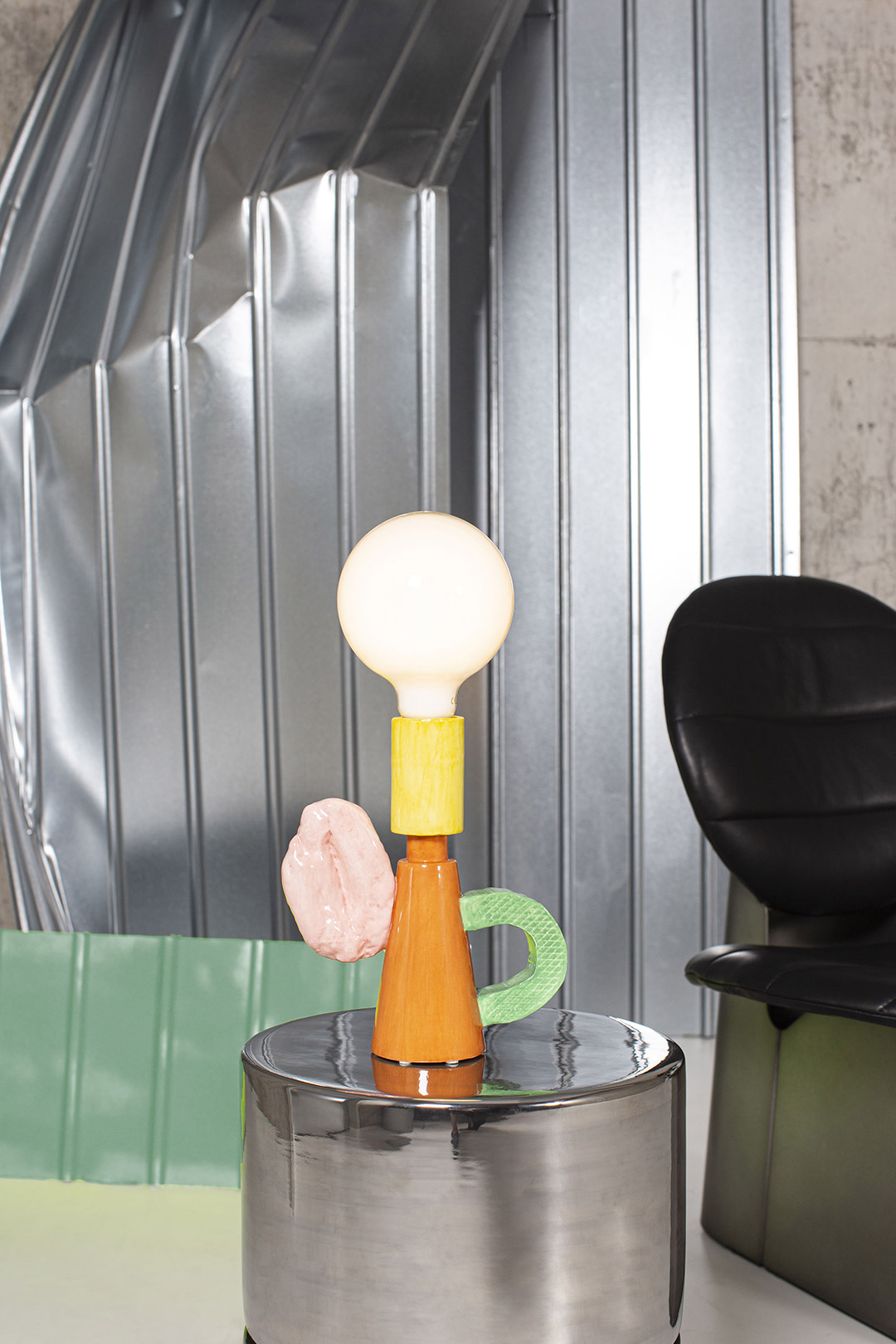
Accumulating tid-bits from around her home, Madeiski configured them into compositions that became the Flaming Stars light sculptures; using the artistic strategy of borrowing, copying, and altering, instead of completely transforming her finds. Madeiski says, “During the pandemic, we were all closer to our homes and our belongings, I used what was there already. It was a very spontaneous process.” Madeiski first produced individual plaster moulds and used them to chisel out individual pieces of lamps using the slip-casting technique. The pieces, produced initially in reclaimed stoneware, were then assembled into the final designs before putting them through the firing process. The result is an archive of objects and elements condensed into three-dimensional ceramic sculptures, that come in colourful glazed and metallic silver finishes. The advantage of using this method of assemblage is that they have a unanimous theme, but different characters. While some lamps are built using only two moulded elements, others are combinations of up to five different parts.
Flaming Stars lamp design can easily be mass produced. At the same time, they allow for uniqueness and individuality to seep through them. Ceramic as the core material of the lamps helps users feel closer to nature and the modular system employed to assemble each piece serves as an encouragement to build your own luminaires.
The Italian artist and designer, now residing in the United Kingdom, dabbles across creative fields such as architecture, sculpture, lighting, and public art as well as research into fabrication and manufacturing. Through her craft, she attempts to identify elements that are unanimous across industrial fabrication and handcrafted processes. The Flaming Stars lamps are an extension of this journey by the designer. Madeiski plans on working on sculptural candle holders next. Using similar themes of accumulating, arranging and configuring individual elements, she hopes to continue this humorous project that can also be realised by users with ease.






 Sign in with email
Sign in with email


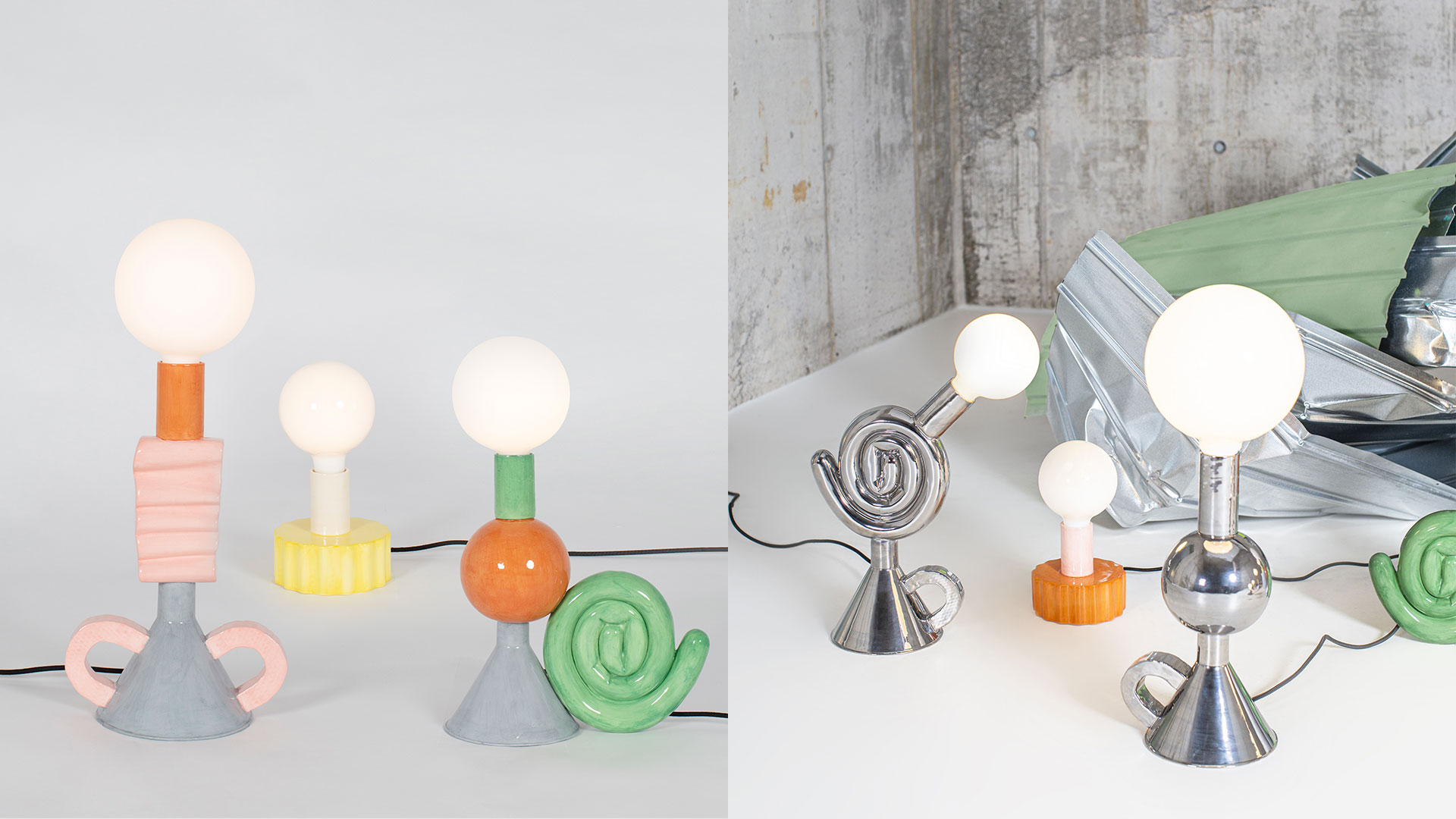
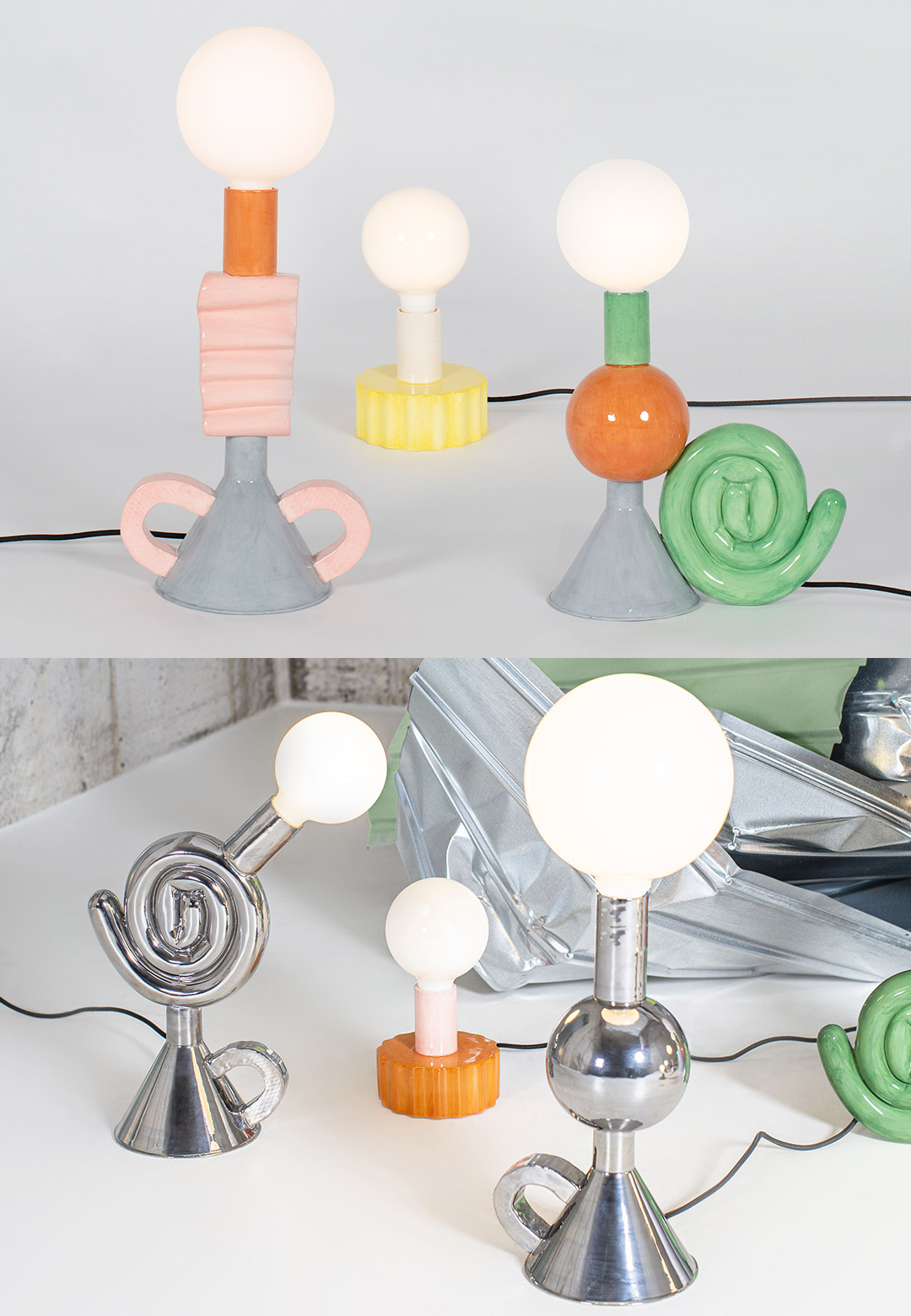
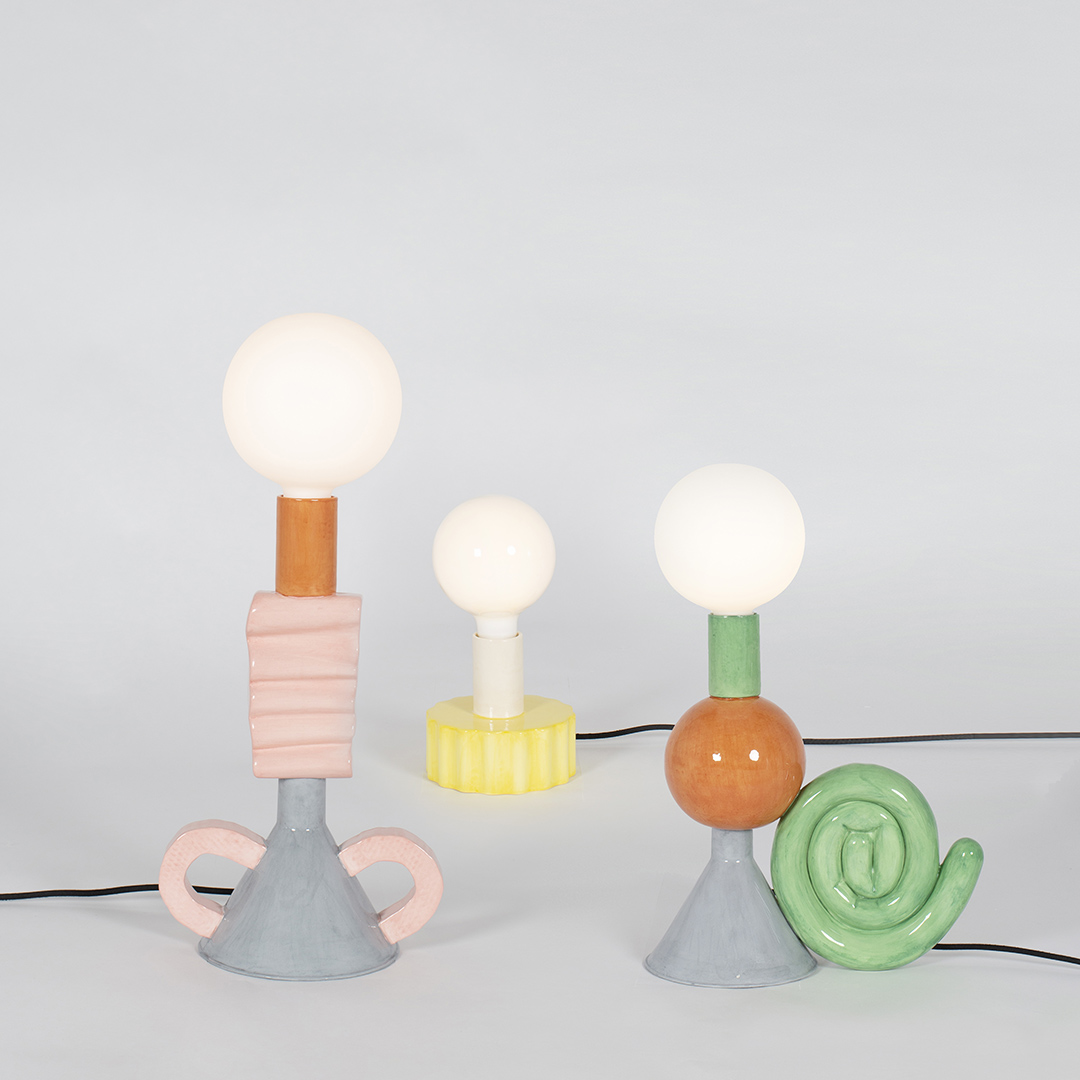
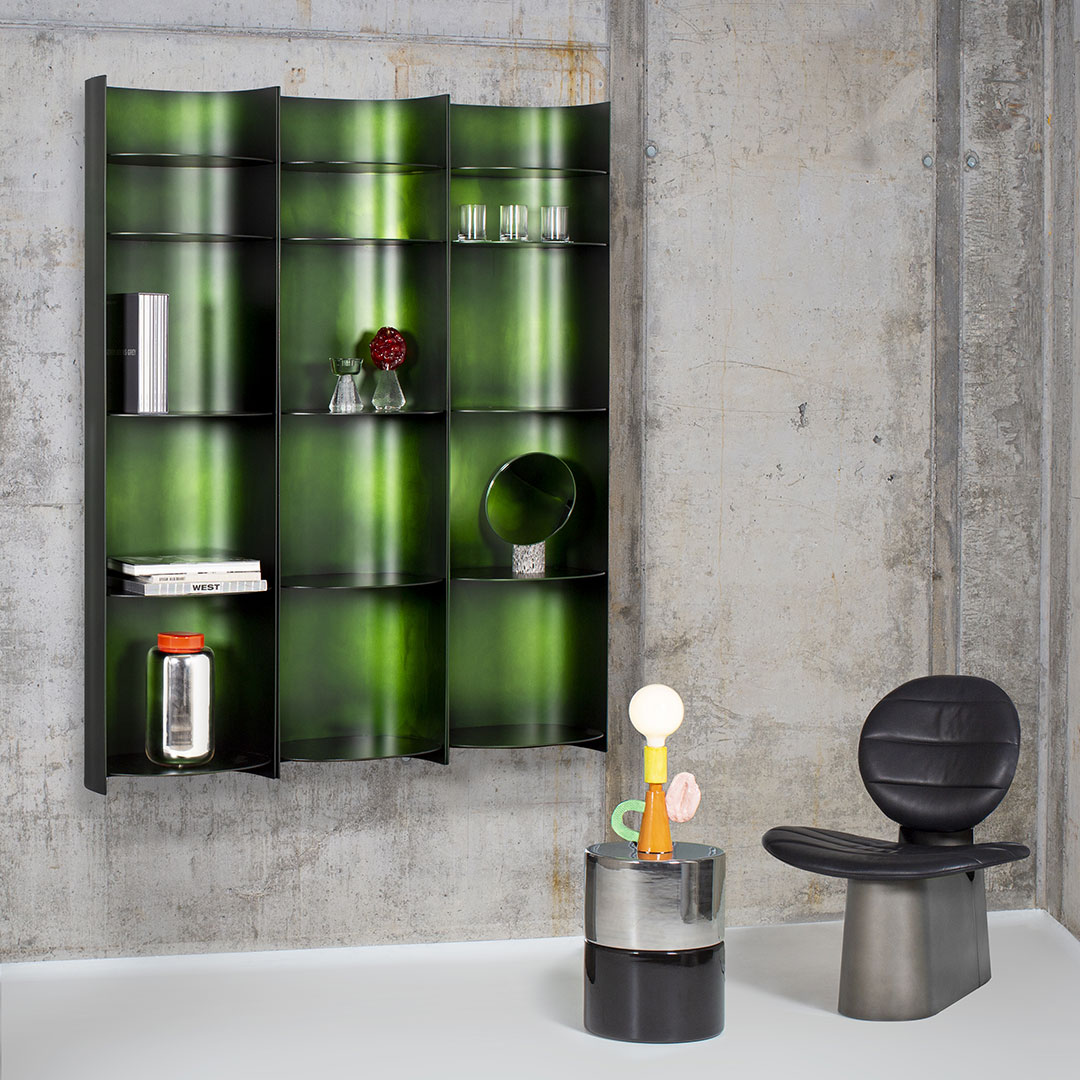
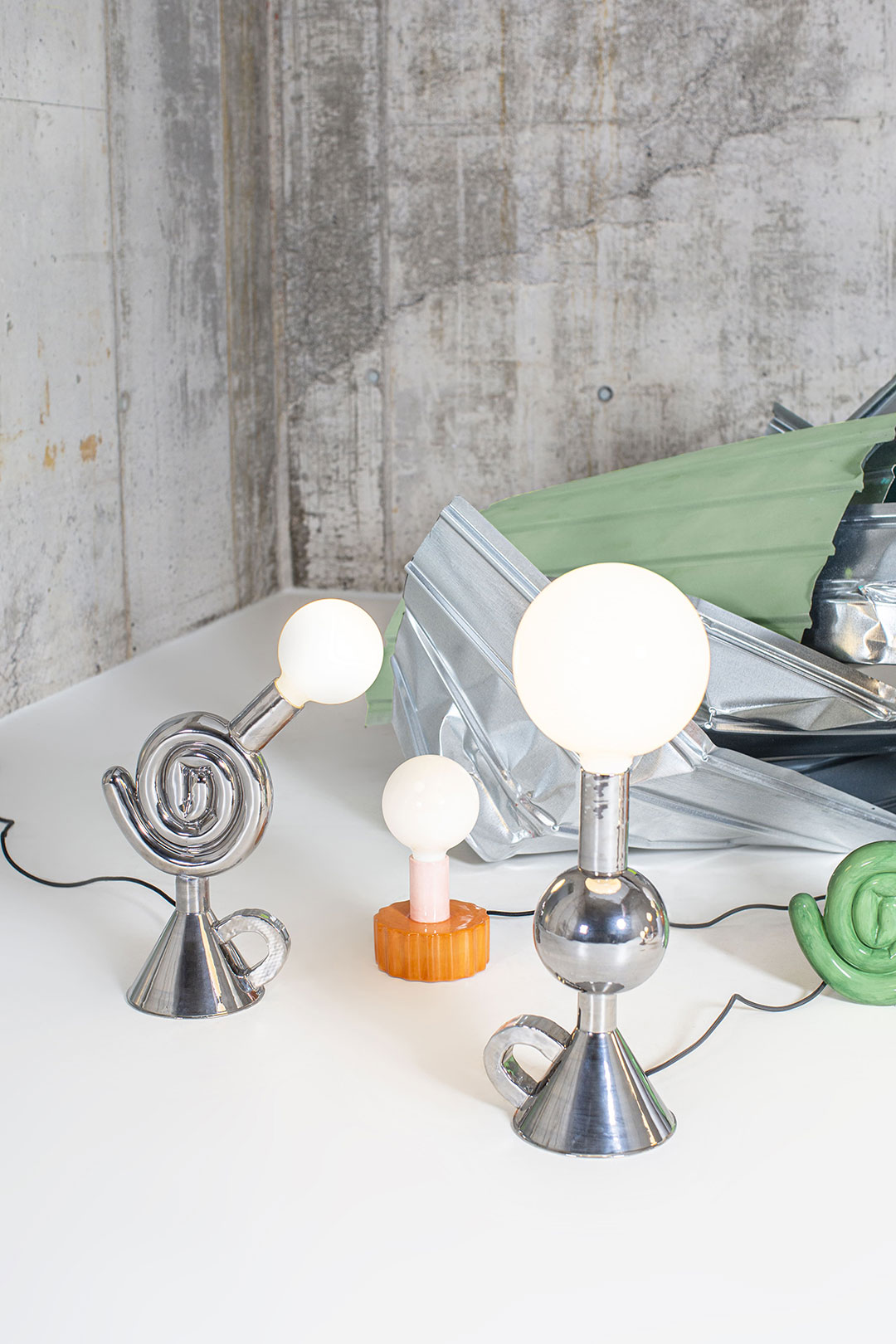
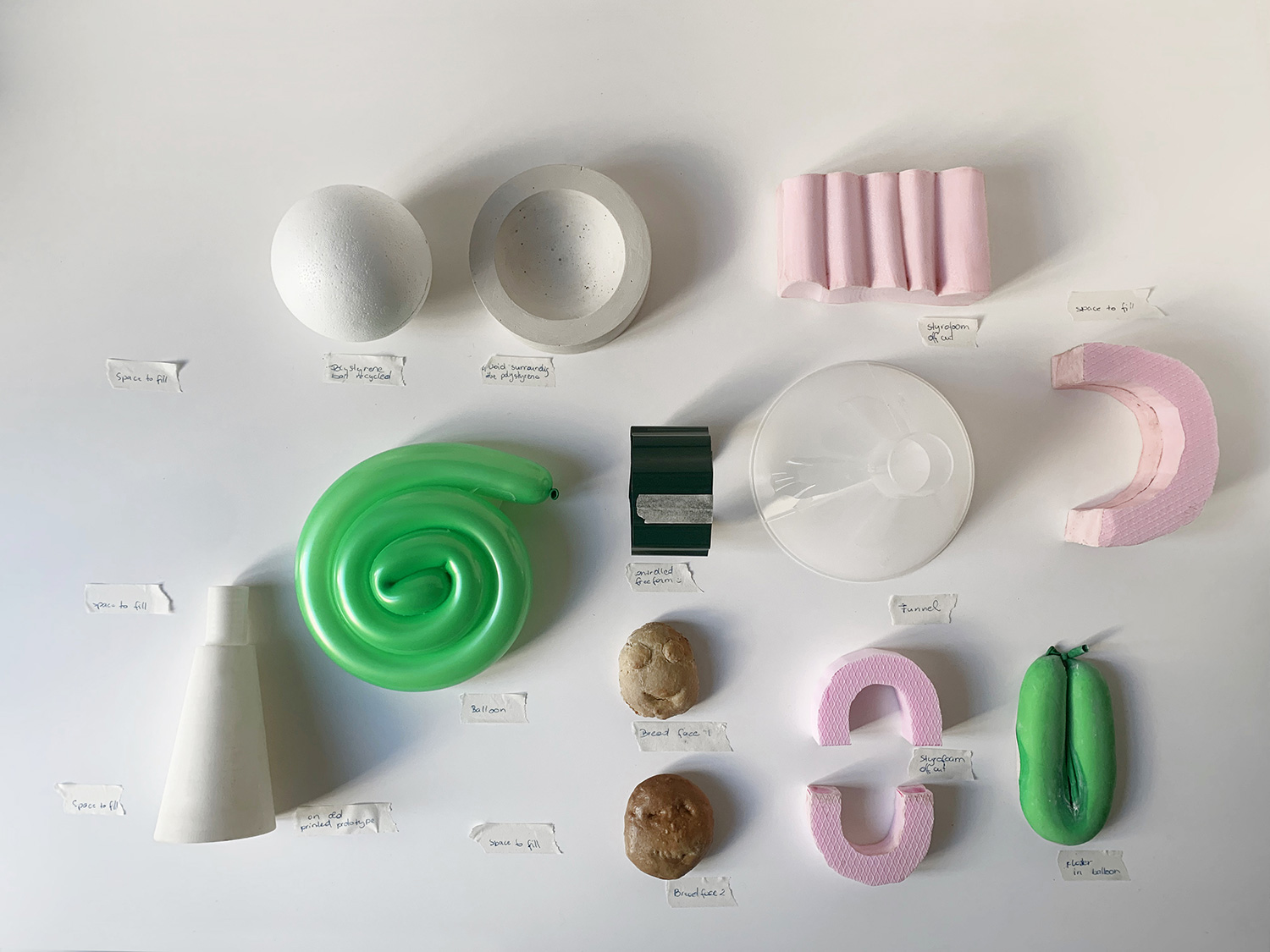






What do you think?